14 hiking essentials for your vacation
14 hiking essentials for your vacation
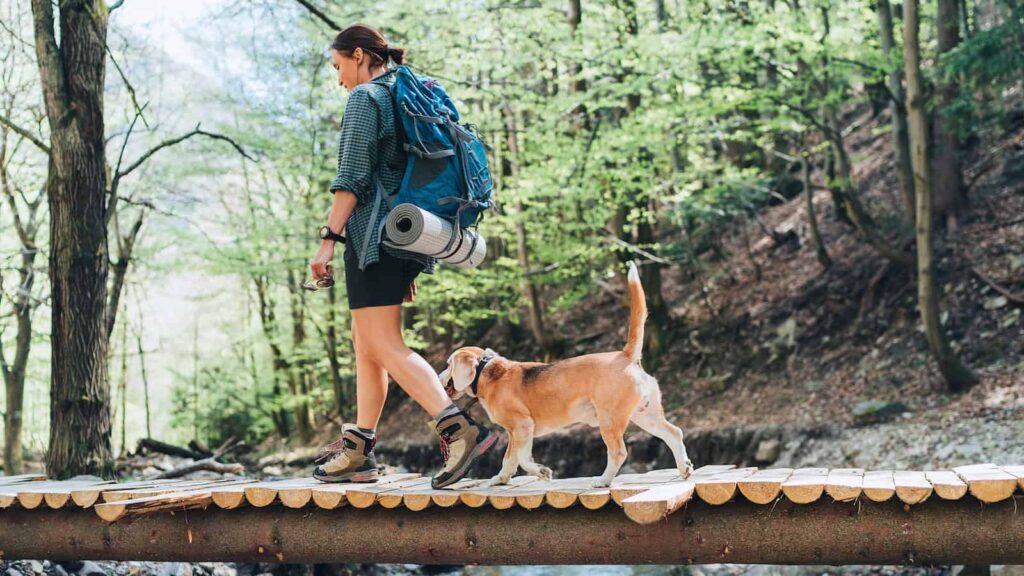
Heading out on a hiking trip is an exciting way to explore nature and get some exercise. Whether it’s through lush forests, over mountainous terrain, or across desert plains, hiking offers a unique experience with every step.
However, to make the most of your adventure, it’s important to pack wisely. Bringing the right essentials can make a big difference in your comfort and safety. Here are 14 hiking essentials that you should consider for your next outdoor adventure.
Hiking Boots/Shoes

Choosing the right footwear is crucial for your hiking experience. Hiking boots or shoes should be sturdy enough to protect your feet and ankles from rough terrain. They should also be comfortable to wear for long periods and designed to handle the specific weather conditions you’ll encounter.
For instance, waterproof boots are essential in wet climates, while breathable shoes are better for dry conditions. Proper footwear not only prevents discomfort but also reduces the risk of injuries.
Backpack
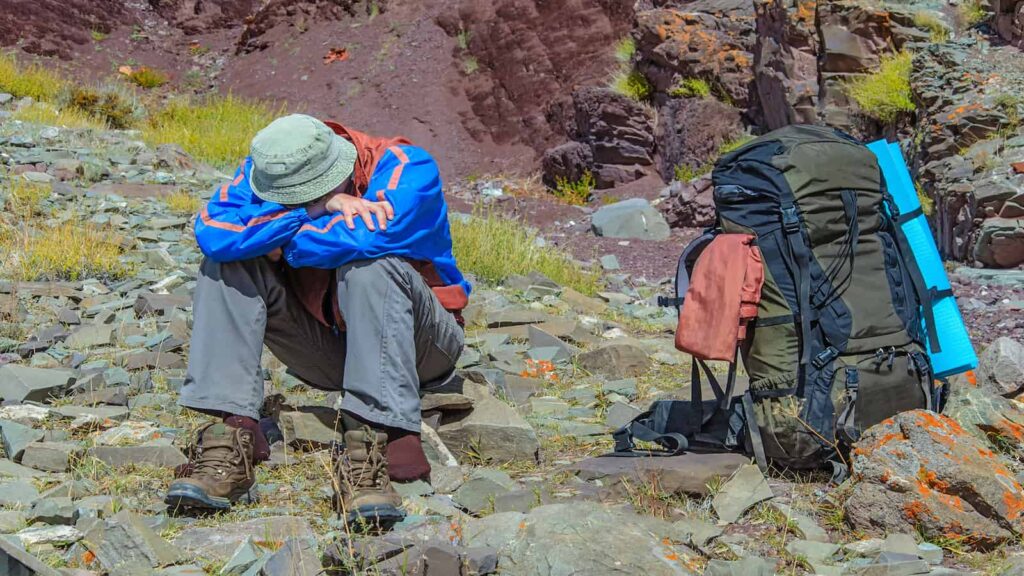
Your backpack is your main storage facility while hiking. A good backpack should be durable enough to withstand the elements and rugged use. It should also be comfortable to carry, with padded straps and a design that distributes weight evenly across your back.
The size of the backpack depends on the length of your hike; day hikers might need only a small pack, while those going on longer excursions will require something larger to hold additional supplies.
Water Bottle/Hydration System

Staying hydrated is vital during a hike. Carrying a reusable water bottle or a hydration system such as a water bladder with a drinking hose can make it easier to drink water without having to stop and dig through your backpack.
Make sure your water container is sufficient to hold enough water for the duration of your hike, considering there may not be safe or reliable water sources available on the trail.
Map and Compass/GPS
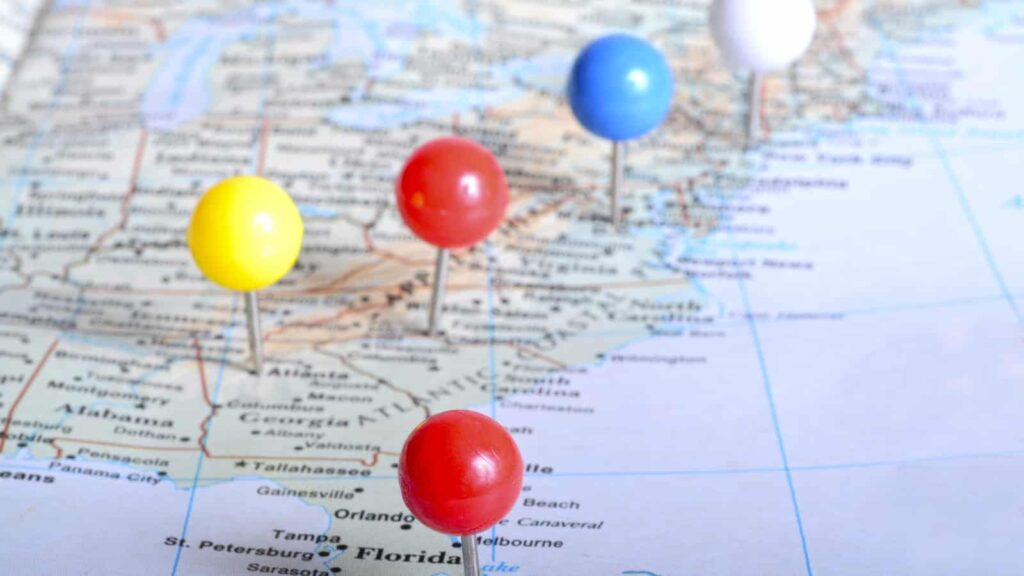
Navigation tools are essential, especially in unfamiliar terrain. A physical map and compass are reliable, low-tech options that do not rely on batteries.
However, a GPS device can provide real-time location tracking and is particularly useful in poor visibility conditions or in areas where the trail is not well marked. Whichever option you choose, make sure you know how to use it before you start your hike.
First Aid Kit

A basic first aid kit should include bandages, antiseptic wipes, blister treatment supplies, and any personal medications you may need.
Accidents can happen, and being prepared to handle minor injuries quickly can prevent them from ruining your trip. Compact, lightweight first aid kits designed specifically for hikers are available at most outdoor stores.
Multi-tool/Knife
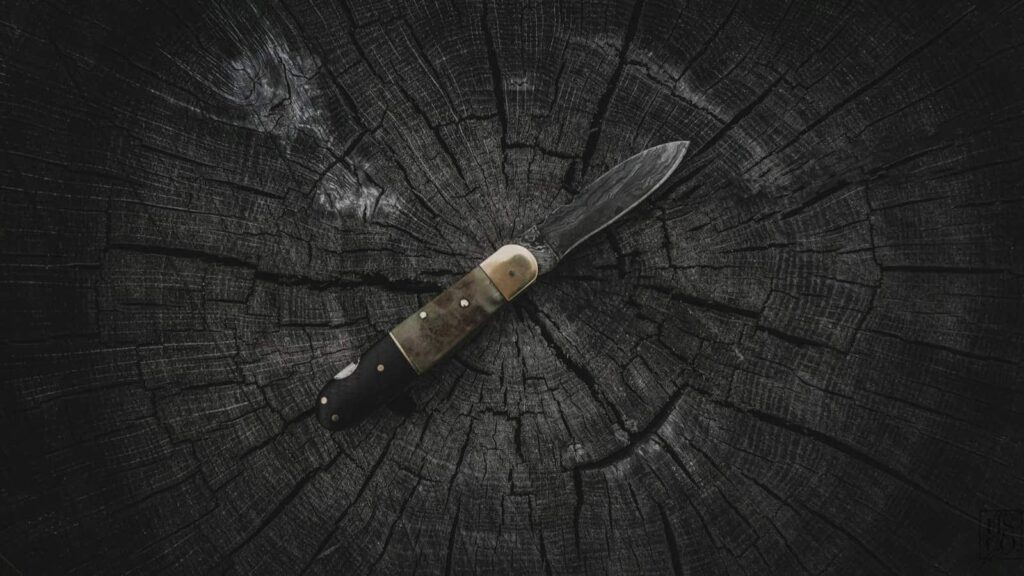
A multi-tool or knife is incredibly handy on a hike for making gear repairs, preparing food, or even cutting bandages in a pinch.
Choose a tool that is lightweight yet durable, and make sure it includes the features you are most likely to use, such as a knife blade, scissors, and a screwdriver.
Snacks/Energy Bars

Maintaining your energy levels while hiking is important. Pack nutrient-dense, lightweight snacks like trail mix, nuts, and energy bars. These foods are high in calories and nutrients, giving you the fuel you need without weighing down your pack.
Weather-Appropriate Clothing
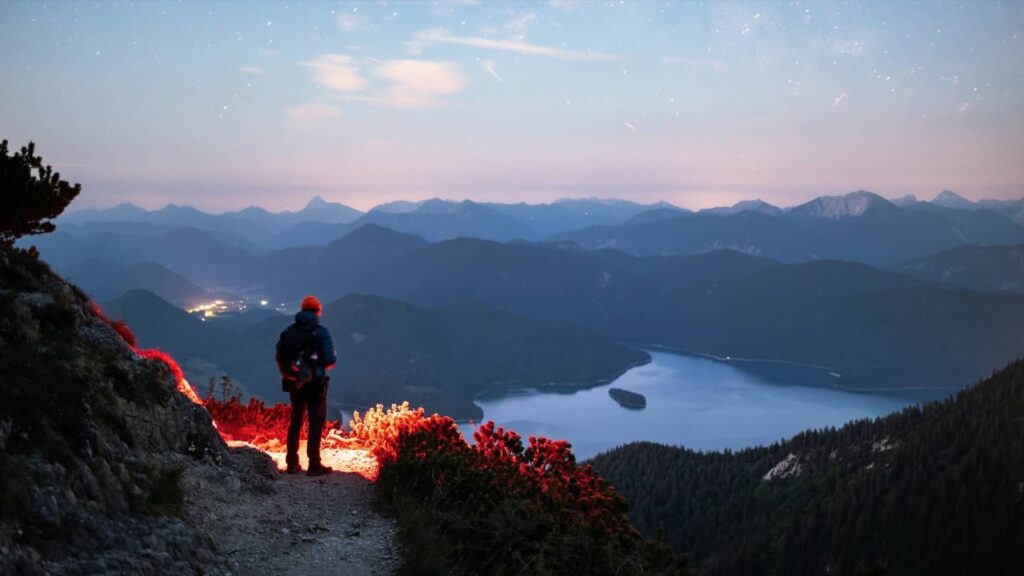
The right clothing can make a big difference in your comfort on the trail. Layering is key; wear a moisture-wicking base layer to keep sweat away from your skin, an insulating layer to retain warmth, and a waterproof or windproof outer layer to protect against the elements. Always check the weather forecast before your trip and pack accordingly.
Sun Protection
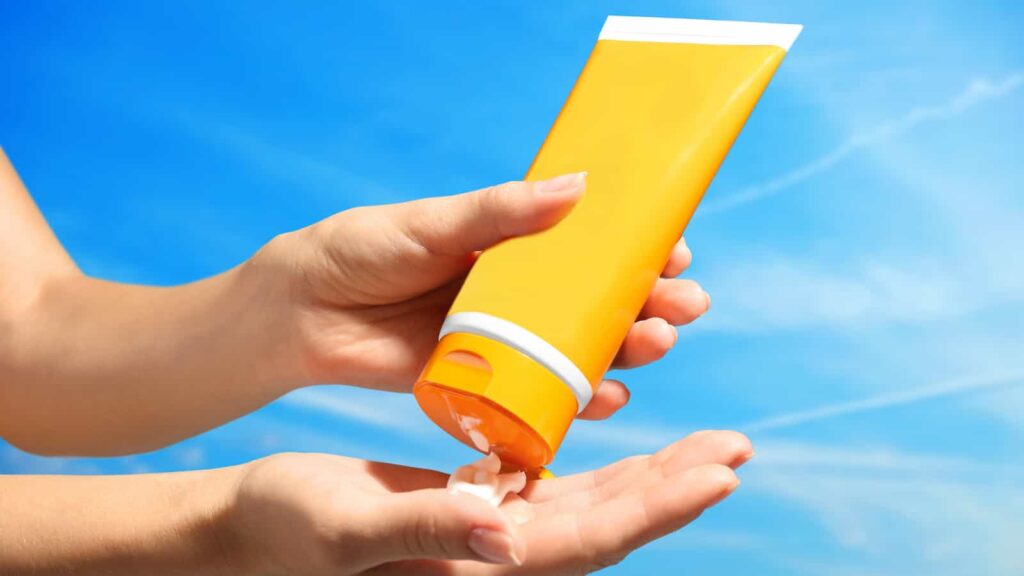
Even on cloudy days, UV rays can penetrate through and cause sunburn. Apply sunscreen generously, wear UV-blocking sunglasses, and don a wide-brimmed hat to protect your skin and eyes from the sun. Reapply sunscreen as directed, especially if you are sweating a lot.
Headlamp/Flashlight
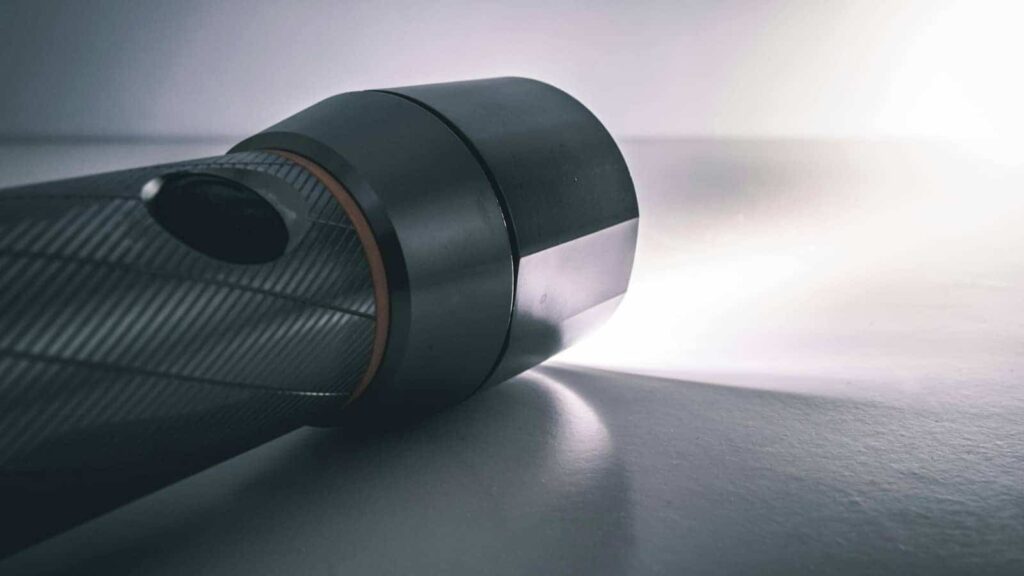
A headlamp or flashlight is essential if you find yourself on the trail after dark. It’s also useful for early morning starts or if you need to navigate through dark patches under dense canopies. Make sure you pack extra batteries or a backup light source.
Trekking Poles
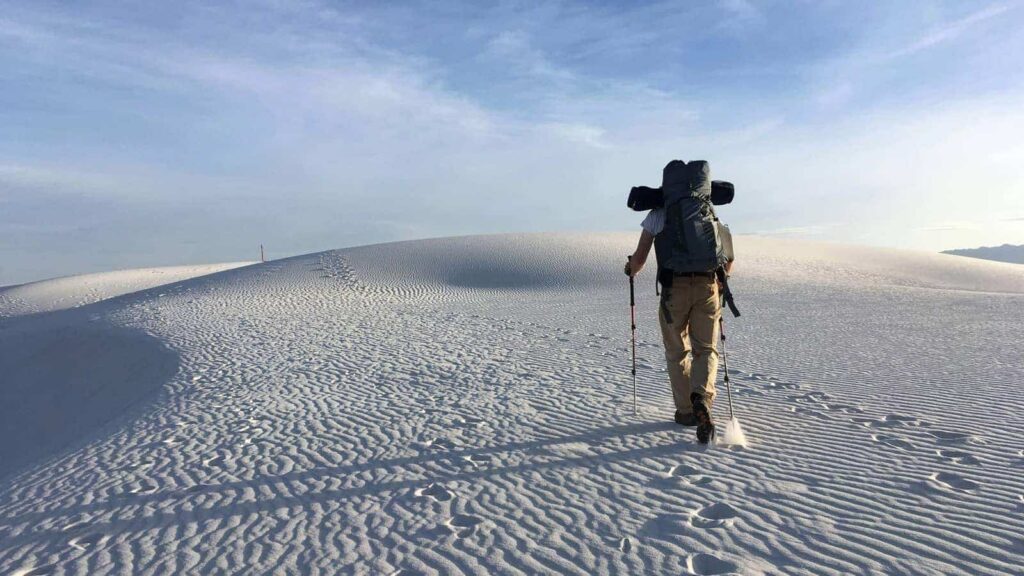
Trekking poles can reduce the impact on your knees and legs by up to 25 percent, which can be a huge relief on long hikes. They also help improve your balance and stability, particularly on uneven terrain or when crossing streams.
Emergency Shelter
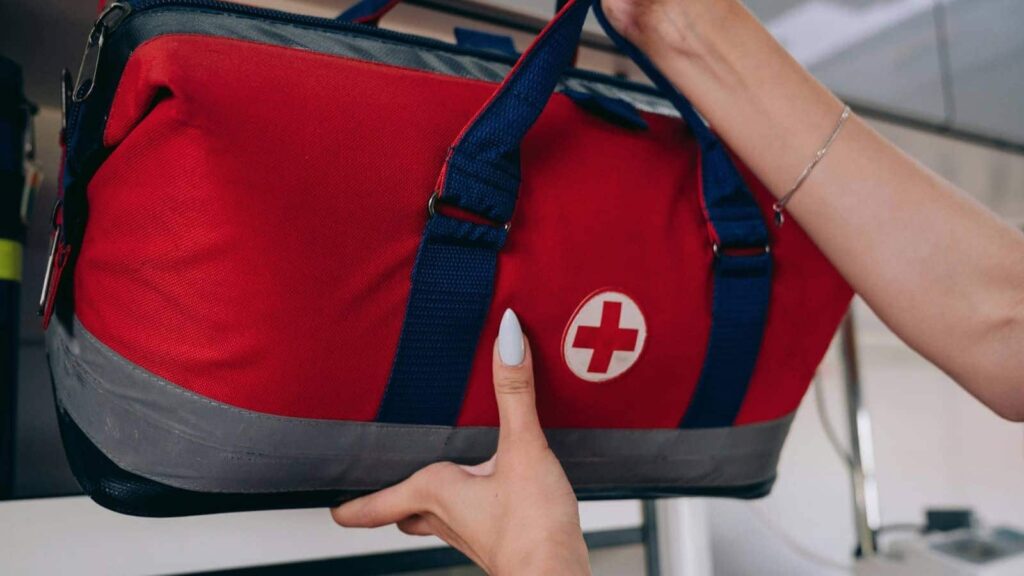
Always prepare for the unexpected by packing a lightweight emergency shelter, such as an emergency blanket or bivy sack. These can provide critical warmth and protection from the elements if you get stranded or injured on the trail.
Whistle
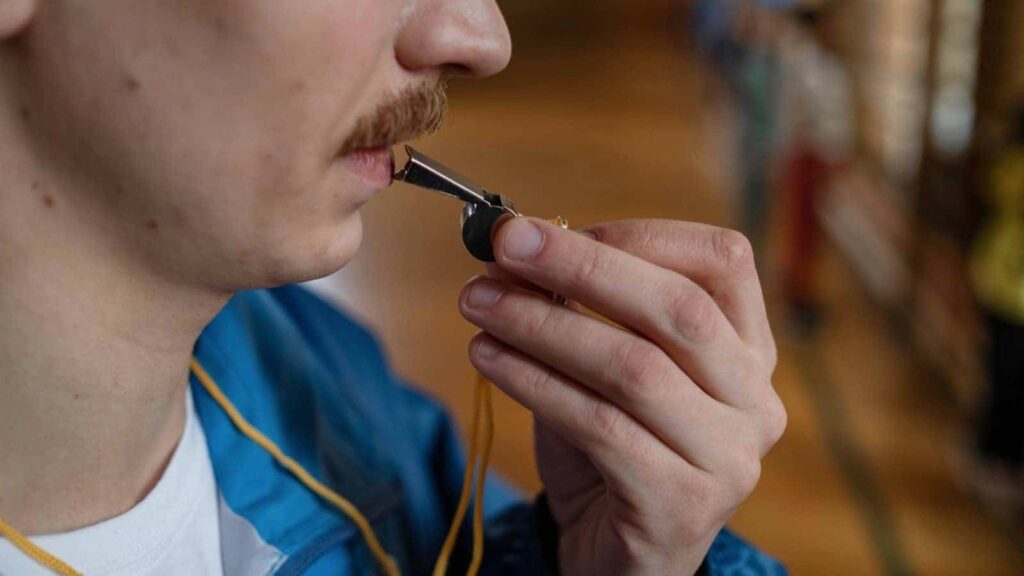
A whistle is a simple, effective tool for signaling your location to others if you become lost or need help. Its sound carries farther than the human voice, and it requires less energy to use.
Trash Bag

Practicing “Leave No Trace” principles is important to preserve the natural beauty of the outdoors. Carry a small trash bag to pack out all your garbage, including food wrappers and used tissues, to keep the trail clean for other hikers and wildlife.
Bear Spray
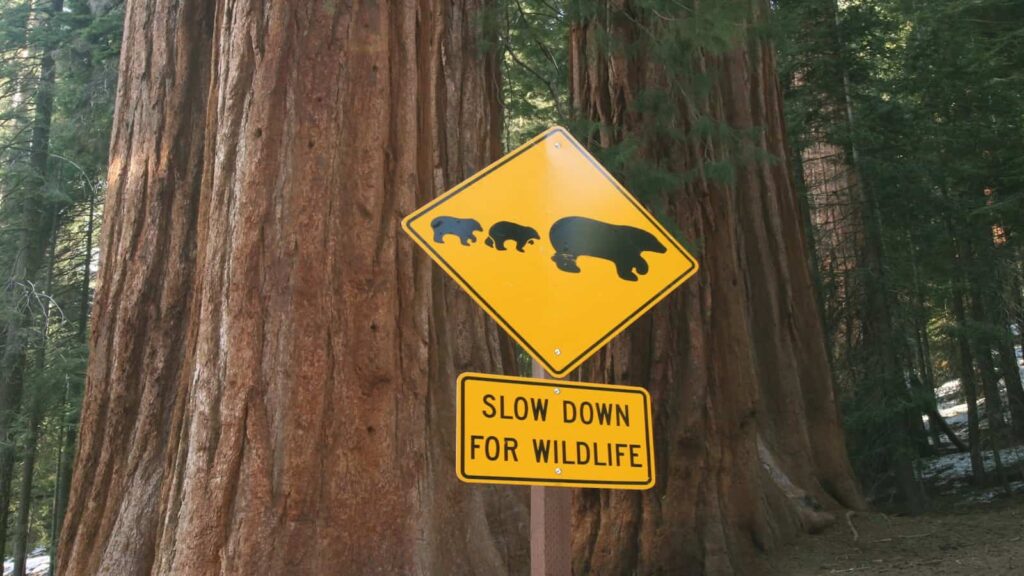
If you’re hiking in bear country, carrying bear spray is a wise precaution. Bear spray can deter an aggressive or charging bear, providing you with a non-lethal means to protect yourself and your group.
Packing these 14 essentials will help ensure that your hiking trip is safe, comfortable, and enjoyable. Remember, it’s better to have it and not need it, than to need it and not have it!
We are Mary and Eric, the founders of Be Right Back, a blog dedicated to romance around the globe and at home.
We are Mary and Eric, the founders of Be Right Back, a blog dedicated to romance around the globe and at home. With over 10 years of experience in dating and traveling to romantic places, we share our favorite date ideas and romantic destinations to help couples level up their relationships. Having lived in and traveled through the USA, we also share our favourite things to do in the States.
With 70,000 monthly readers and 16,000 followers on social media, Be Right Back is your go-to resource for romantic trip ideas and couple activities at home and abroad.
